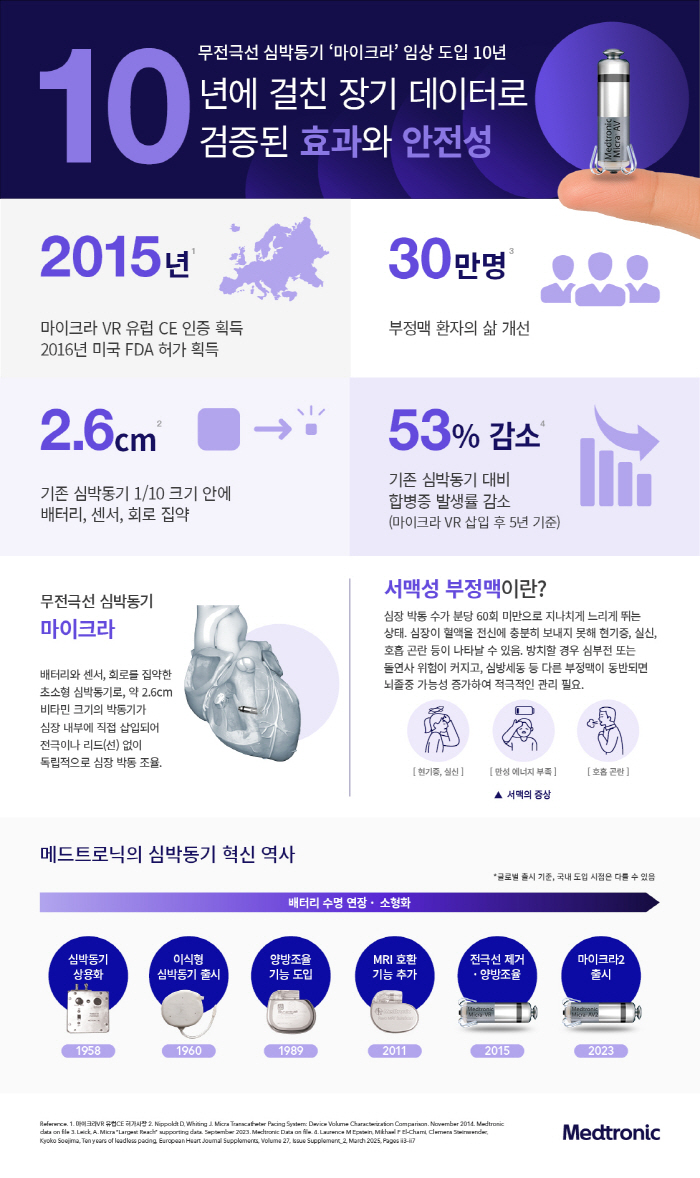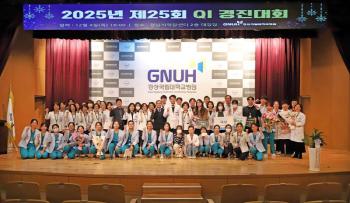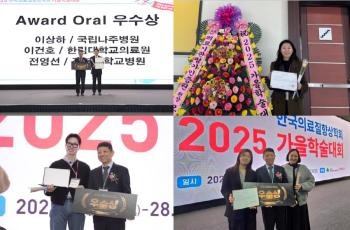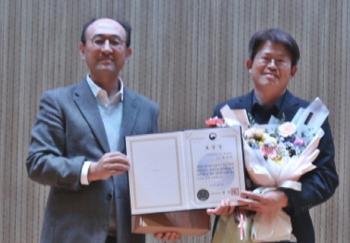Improving the lives of more than 300,000 arrhythmia patients around the world over 10 years...Medtronic Lights Up Clinical Performance On 10th Anniversary Of Electrodeless Pacemaker Micra's Launch
|
A leadless Pacemaker is a pacemaker designed to collect batteries, sensors, and circuits in a vitamin-sized micro-device so that they can be implanted directly into the heart, creating a subcutaneous pocket to provide independent beat control without inserting a separate battery or connecting an electrode wire.
Medtronic opened the era of electroless pacemakers in 2015 by introducing a 2.6cm-sized microphone, one-tenth that of the existing pacemaker. Since acquiring the CE mark in Europe in 2015, it has contributed to improving the lives of more than 300,000 arrhythmia patients worldwide over a decade, including in the United States, Europe, and Japan, including South Korea.
The European Heart Journal published a special issue in 2025 '10 Years of Leadless Pacing' and defined the past 10 years as 'Revolution in pacemaker technology'. Micra's clinical practice was the most actively mentioned in the special issue, which consists of seven papers dealing with the evolutionary process and application field of the electroless pacemaker, post-procedure care, and the trend of expanding its application to young patients, and among them, long-term tracking data demonstrated Micra's safety and effectiveness, confirming its leading position in the field.
In particular, according to the Post-approval registry, which followed 1,817 patients at 179 centers around the world for five years after the procedure, Micra VR had a 4.5% incidence of major complications at five years, and no device removal was required due to infection. A follow-up of all U.S. Medicare subscribers (7471) treated with Micra AV also demonstrated a 5.3% incidence of severe complications at 2-year time points and consistently lower incidence of complications compared to conventional pacemakers.
Kim Jun, educational director of the Korean Arrhythmia Association (Professor of Cardiology at Asan Medical Center in Seoul), said "The pacemaker, which was first developed in the 1950s, has continued to develop over the past 70 years through miniaturization, MRI compatibility, and extended battery life, but there was still a risk of complications arising from electrode wires and subcutaneous pockets. "With the electroless pacemaker that emerged 10 years ago, we are able to fundamentally prevent the risk of complications arising from electrodes and subcutaneous pockets." "While conventional pacemakers have limited upper body motion and have a battery positioned between the collarbone and the shoulder, non-electrode pacemakers have no restrictions on exercise," he said. "We expect that the non-electrode pacemaker, which has become one of the breakthrough treatments, lowers acute and long-term complications, provides freedom to physical activity, and is expected to be used to treat more diverse bradycardia patients in the future based on its proven safety."
Bradycardia arrhythmia is a condition in which the heart rate is less than 60 beats per minute, which is too slow compared to the normal pulse (60-100 beats per minute). As of 2024, 55,780 people were diagnosed with bradycardia arrhythmia in Korea, but only 7,016 people, 12% of the total, received pacemaker treatment. If bradycardia is left unattended, symptoms such as dizziness, fainting, and shortness of breath appear due to the heart's inability to send enough blood to the whole body, and if other arrhythmia such as atrial fibrillation is accompanied, the possibility of stroke increases, so active treatment from early on is important.
"Micra is a symbol of Medtronic's commitment to addressing unmet needs in the field of arrhythmia and heart rate therapy that Medtronic Korea has built up since the 1950s," said Park Tae-hee, Vice President of Accelerated Technology Sales at Medtronic Korea" he said. "We will continue to work to introduce innovative technologies in Korea, including the new generation of Micra, which has innovatively improved battery life and atrial ventricular synchronization, and strengthen access to innovative technologies such as the Aurora EV-ICD, which is considered the future technology for arrhythmia treatment."," he said.
This article was translated by Naver AI translator.




